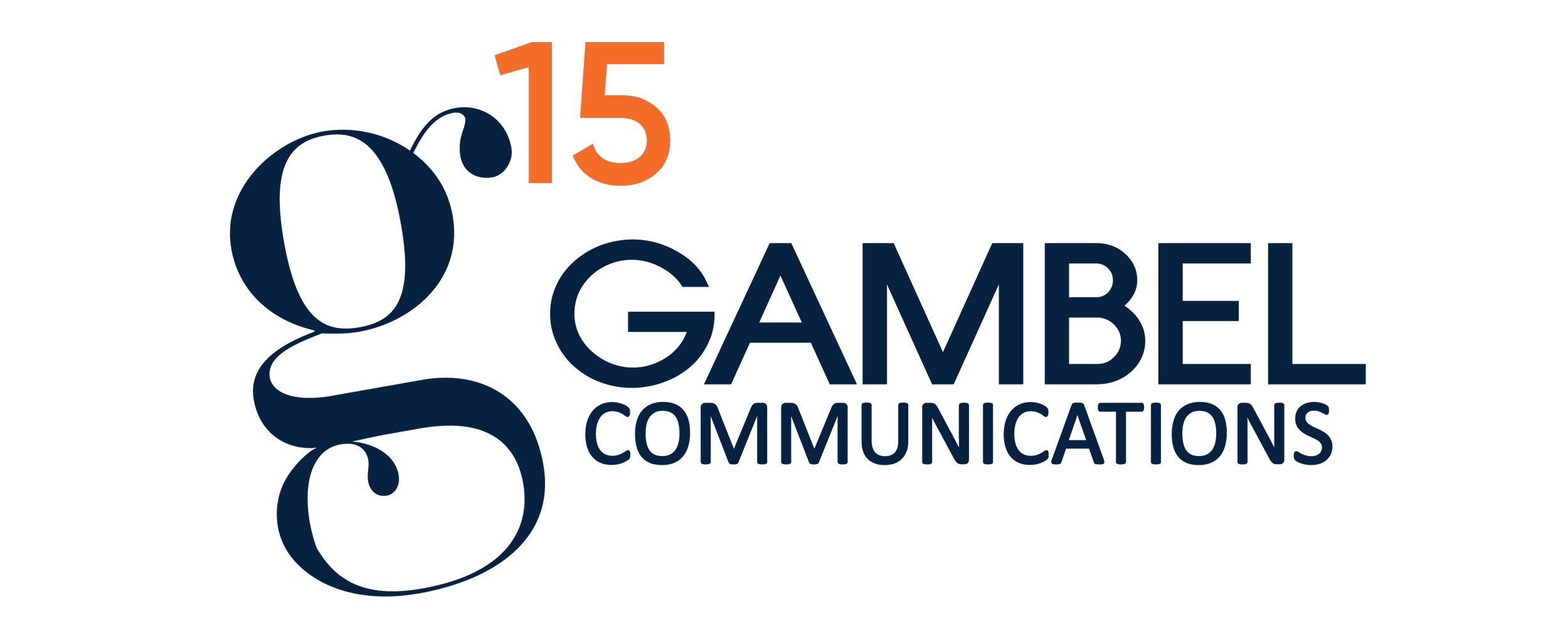Trading Press Credentials for Press Releases
Written by: Rachel Strassel, Communications Strategist
My Gambel Girl colleagues have affectionately dubbed me the “newshound.” For nearly 10 years, I ate, drank, slept and obsessed over print journalism. I was the girl who adamantly refused to buy an e-book because of my commitment to printed publications. Whenever I traveled outside of the United States, I dragged my family from pillar to post to collect the local newspapers as souvenirs even if I couldn’t read the language.
But in January of this year, I crossed over to what many in the journalism industry consider the “dark side” — public relations. In the communications world, journalists and public relations professionals have a unique, symbiotic relationship. We regularly rely on each other to get the job done. A journalist’s ability to produce a story is often dependent on working with someone in the public relations industry. On the flip side, a PR professional’s success is often measured by how much media coverage he or she is able to garner.
In the midst of my career transition, I realized I had skills from my journalism days that gave me an advantage in public relations; the value of storytelling, an adeptness at finding the correct angle, how important it is to get the story right and the ability to connect with different audiences. But the most valuable thing I carried over from my days in the newsroom is an understanding of the day-to-day life of the editors and reporters on the other side of my pitch.
As someone who works with the media, it’s important to understand how they function on a daily basis. Knowing a reporter’s beat allows me to pitch directly to that person, resulting in more efficient pitches. Understanding what resonates with editors gives me the opportunity to create interesting story angles for my clients. Most importantly, maintaining previously established relationships with journalists gives me the benefit of being considered a colleague or friend, not just another public relations person trying to sell something.
I’ll be the first to admit it isn’t always easy, though. When your pitches don’t get a response, it’s sometimes difficult not to take personally. On the flipside, when a client is involved in a crisis situation and a former coworker identifies you as the media contact, you can pretty much bet he or she is going to call you almost immediately for the scoop.
But in the time since I’ve left the newspaper industry so much has changed, and the beneficial connections and information that gave me a slight advantage are becoming increasingly fleeting. According to Pew Research Center’s 2017 State of the Media report, newsroom employment has dropped by nearly a quarter in less than 10 years, with the greatest decline at newspapers. Due to massive layoffs, many once bustling newsrooms have been reduced to small operations, leaving remaining reporters, photographers and editors with the demanding task of keeping the whole thing afloat. Factor in declining ad revenue, rapidly dwindling circulation rates and the rise of non-traditional media, and it becomes an entirely different landscape. But, contrary to public perception, it’s only changing, not going away.
And for me, a former journalist-turned-public relations girl, who still has friends in the industry — and that prized collection of international souvenir newspapers — that’s a comforting realization.


